Closed System Transfer Device Comparison
Closed system transfer device comparison. Closed System Transfer Devices. The objective of this randomized prospective and controlled study was to investigate the ability of a closed-system transfer device CSTD. The primary purpose of this study was to compare three closed-system transfer devices with differing mechanical interfaces for.
Service de pharmacie centre hospitalier rÉgional metz-thionville hÔpital de mercy ars-laquenexy. 95 confidence interval CI 0-02 nL followed by the OnGuard 15 nL. Needlefree Closed System Transfer Device CSTD The first needlefree CSTD to receive FDA 510 k clearance for both pharmacy compounding ONB and patient administration FPA applications.
The primary purpose of this study was to compare three closed-system transfer devices with differing mechanical interfaces for their suitability for adoption into our daily practice. Blocks the transfer of environmental contaminants into the system. 1 In August 2015 the National Institute for Occupational Safety and Health NIOSH published a draft performance protocol for testing CSTDs for their ability to.
Learn More Ready for USP. Closed-system transfer devices CSTDs are systems used to transfer medication from 1 reservoir to another while limiting the potential for drug aerosolization drug contamination sharps exposure and hazardous drug exposure. 1 NOIREZ V1 RONDELOT G1 1.
The definition of a CSTD as defined by standards bodies is a drug transfer device that mechanically. Filter-vent systems include TexiumSmartSite OnguardTevadaptor and ChemoClave. Open versus closed systems are commonly applied in medical devices to maintain the sterility of a fluid pathway.
OnGuard 2 is a closed system transfer device CSTD that incorporates all of the current advantages of OnGuard while offering upgraded materials and improved usability. Journal of Oncology Pharmacy Practice 2018 January 1. VialShield CareFusion is another more recent closed-system transfer device including an expansion-chamber and a non-return valve designed to be used in association with Texium CareFusion a.
CSTDs fall into 2 general categories. A disposable gown gloves masks and the utilization of a closed - system drug transfer device The key safe handling is to protect the health care worker CSTD may refer to.
Learn More Ready for USP.
Closed-System Transfer Devices CSTDs A comparison of CSTD manufacturers. 95 CI 291-436 nL devices. Comparative study of different models MASSON F1 HENRY C1 LANHER P. Mechanically closed systems and systems that rely on a carbon filter which are also known as filter-vent systems or air-cleansing systems. Learn More Ready for USP. A vial adaptor designed to prevent the escape of aerosols vapors and droplets There are 2 components to CSTDs. Closed System Transfer Devices 1. OnGuard 2 is a closed system transfer device CSTD that incorporates all of the current advantages of OnGuard while offering upgraded materials and improved usability. Closed-System Transfer Devices CSTDs A comparison of CSTD manufacturers.
Open versus closed systems are commonly applied in medical devices to maintain the sterility of a fluid pathway. 1 In August 2015 the National Institute for Occupational Safety and Health NIOSH published a draft performance protocol for testing CSTDs for their ability to. Each pairwise comparison was significant p 0001. For the forecast year up to 2029. Comparison of closed system transfer devices for turnaround time and ease of use. Closed-System Transfer Devices CSTDs A comparison of CSTD manufacturers. The objective of this randomized prospective and controlled study was to investigate the ability of a closed-system transfer device CSTD.
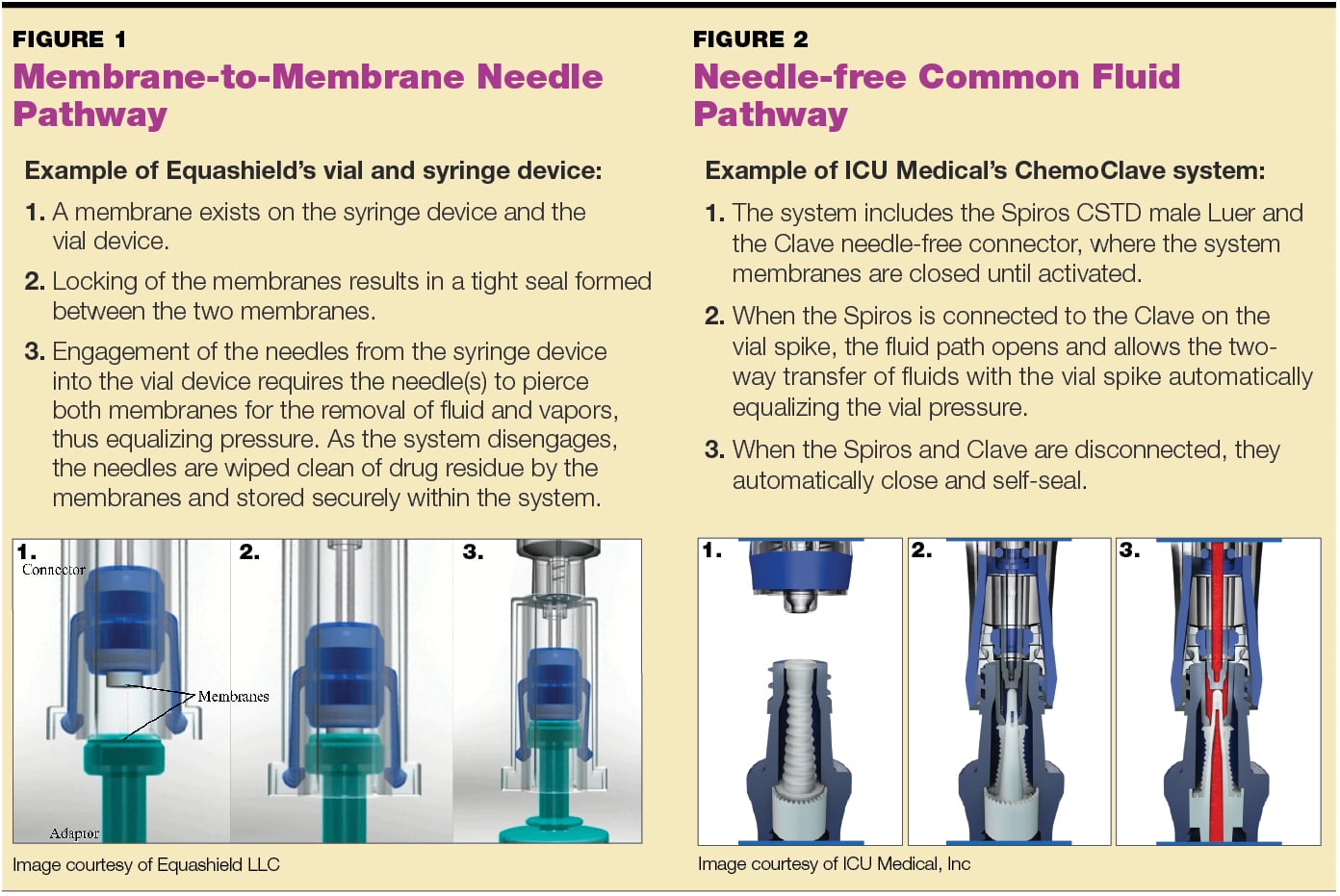


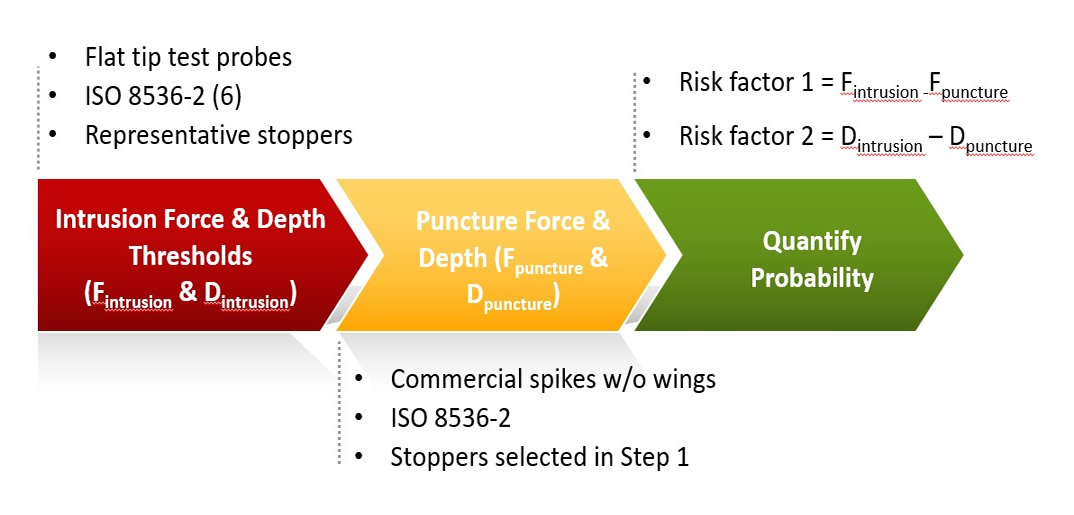
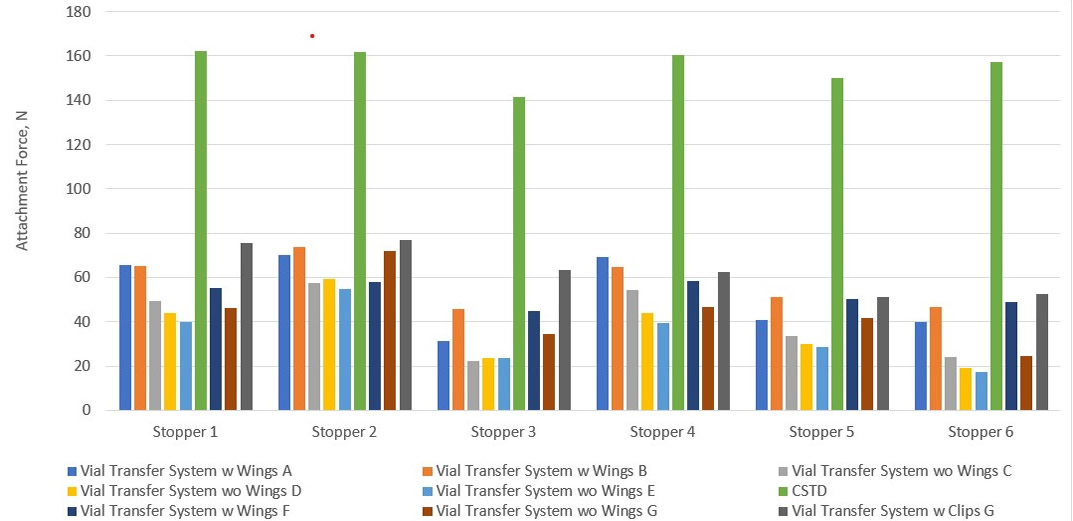







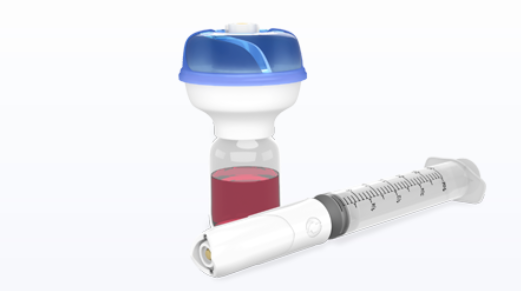
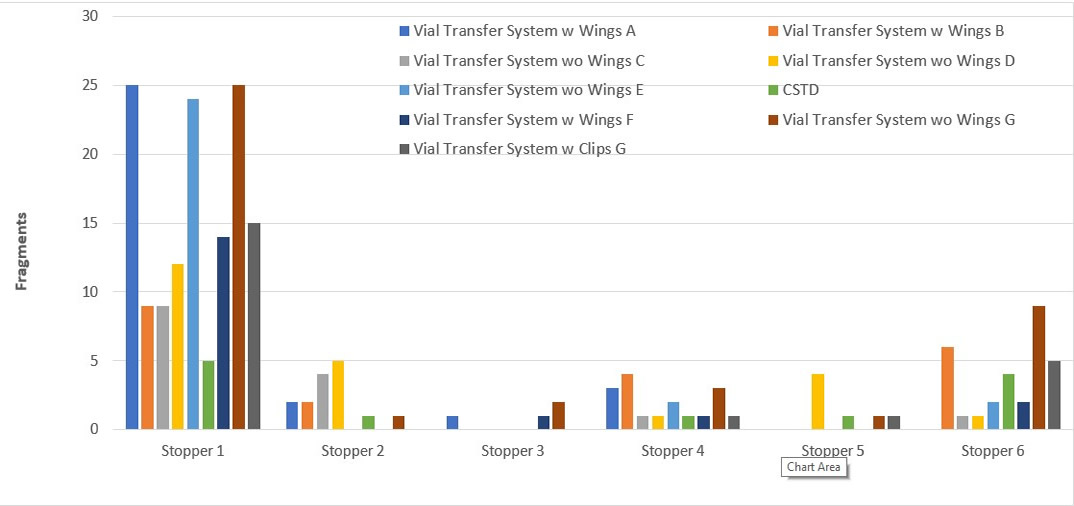


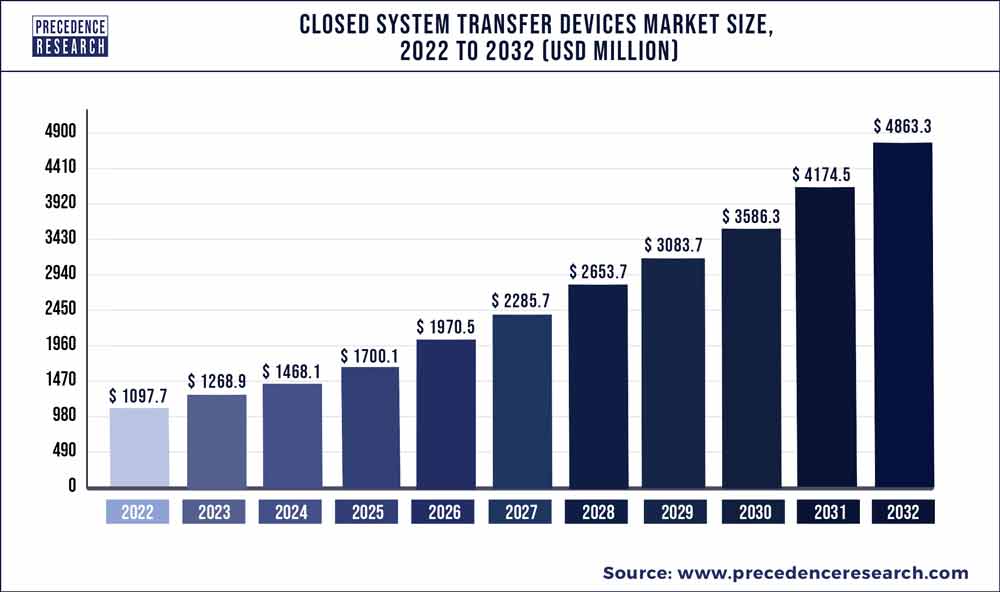

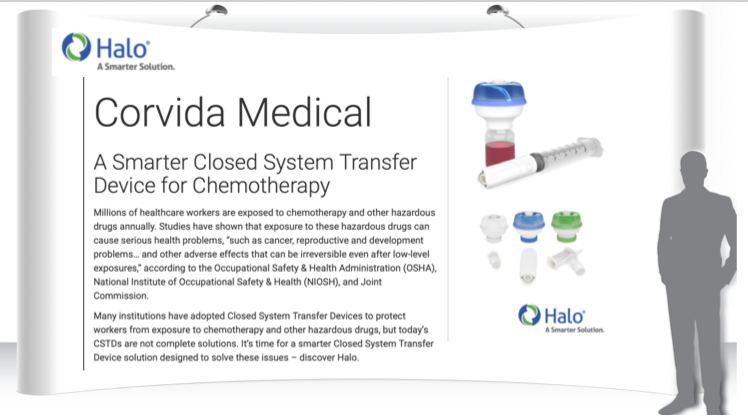






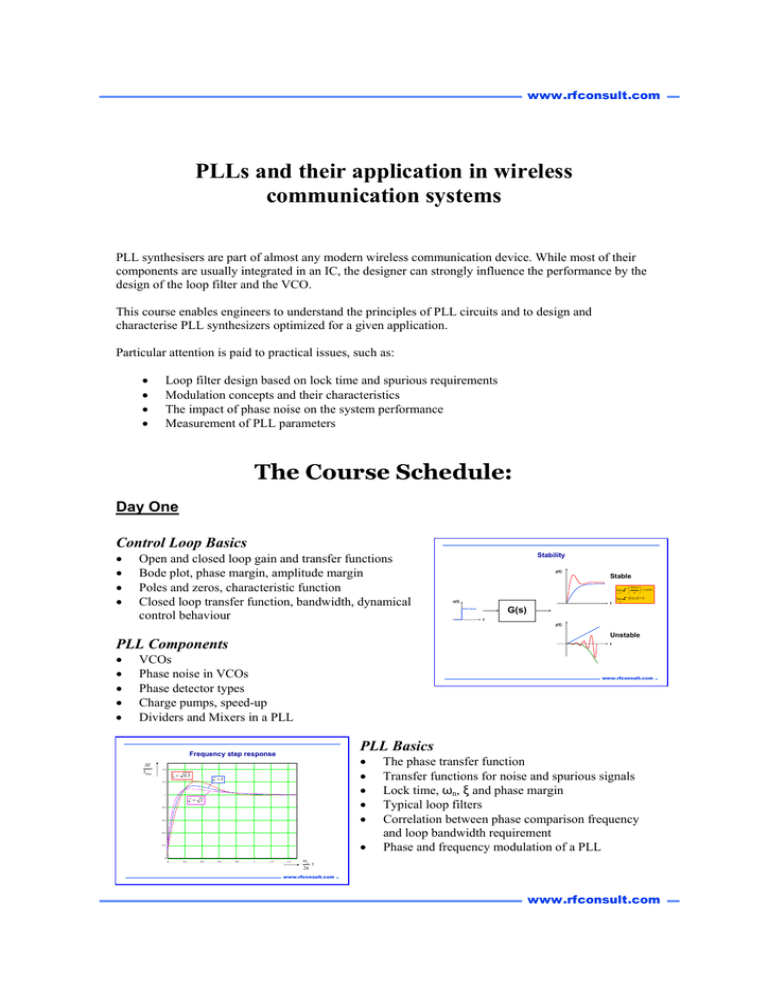
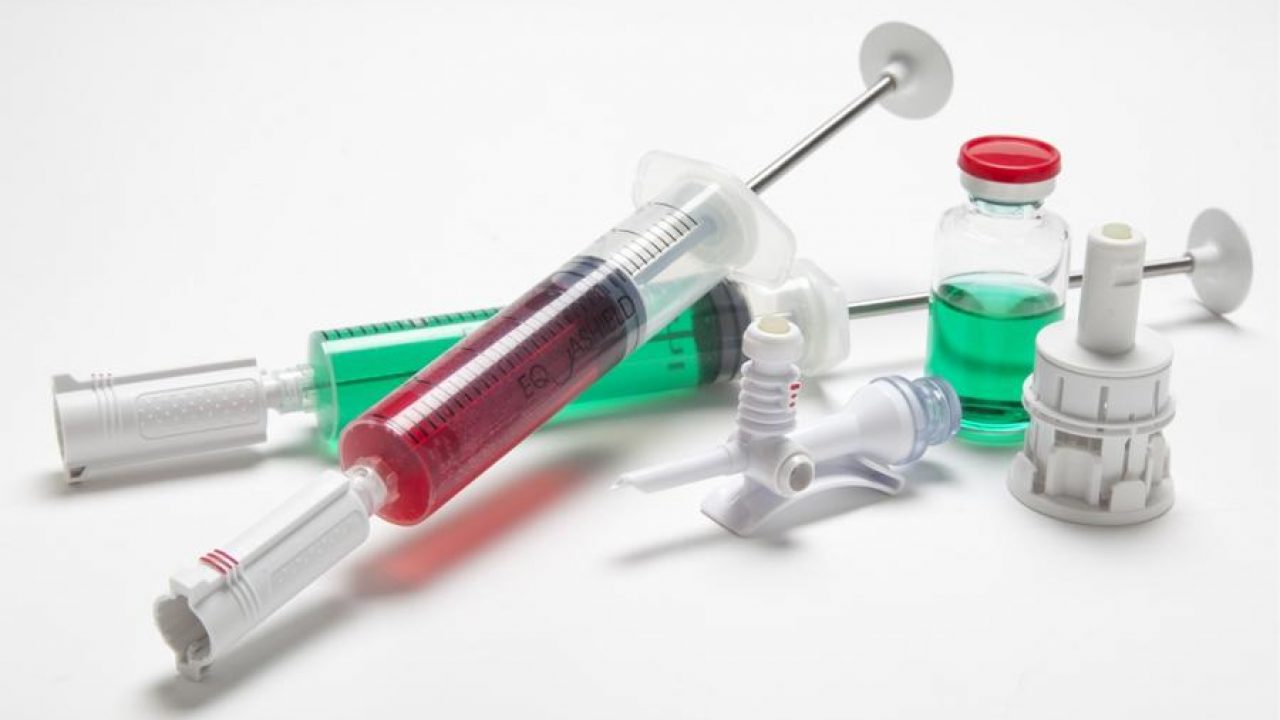
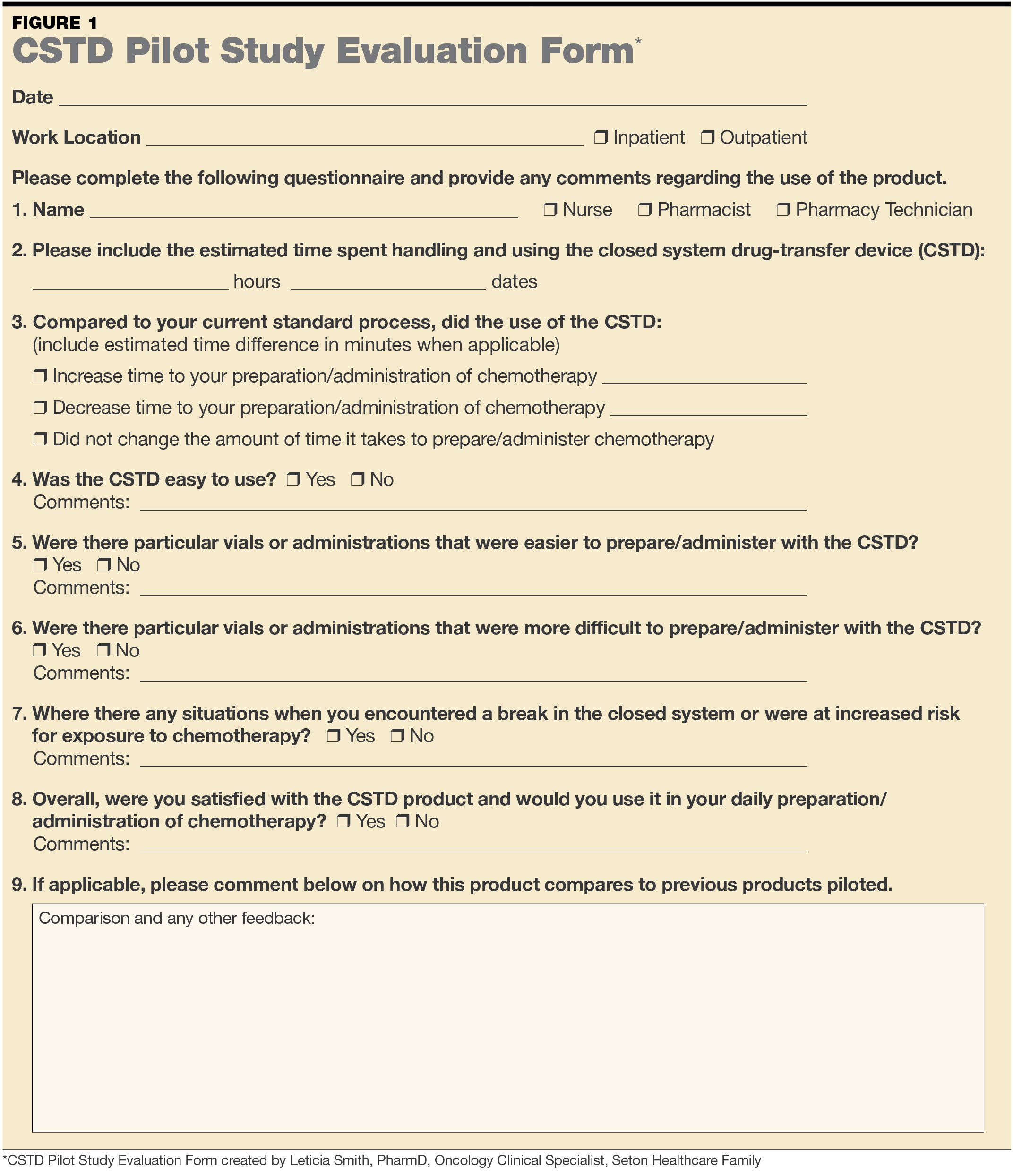





-market/closed-system-transfer-devices-(cstd)-market_Closed_System_Transfer_Devices_Conc.webp)


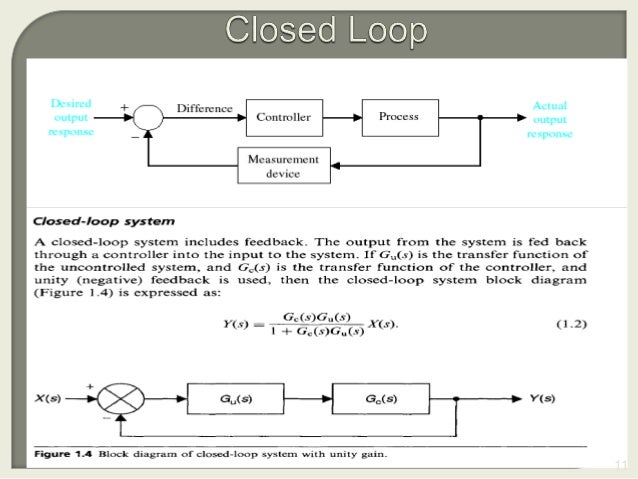
Post a Comment for "Closed System Transfer Device Comparison"